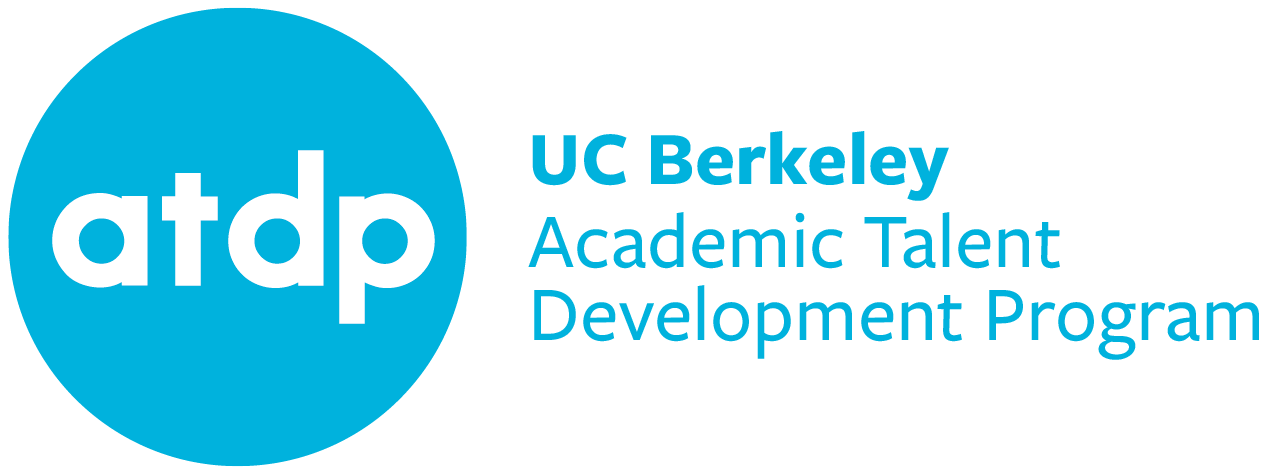We want to share a few of our favorite book titles with you. They are roughly organized by grade levels Pre-K to entering college. I have also included some links that you might find useful. All, including some of the very long lists, are intended to provide parents and students with an introduction to different perspectives: boys and girls, teachers and students, public schools and private schools.You might well be thinking, “What’s up with that? Everyone knows that ATDP students are good readers, and they are likely to have greater access to books and ideas than do their peers.” Well, you’d be correct about the second part, but let’s talk for a moment about the first part.
To answer, “What’s up with that?” allow me to present our objectives for including such a list in our newsletter.
The most obvious objective is to give recommendations to those who already love to read and who already have friends with whom they share books and ideas. We also hope that these members of the ATDP family will peek ahead to see the richness that increases with each new level of understanding they attain. I guess that I should also point out that were are not talking about one of those contests to see who can read the most books in the shortest period of time. Rather we are lobbying for opportunities for our students to share the good, the bad, and the beautiful in print with parents, friends, teachers at their own school and their ATDP peers and teachers.
[ continue…]
THE LISTS
Pre-School to 7…
Marilyn Chambliss stresses that during these years, it is crucial that parents read with children (not to them) often and with enthusiasm. Even after children have figured out how to decode, they typically cannot yet read independently the books that will truly engage them.

A lovely intermediate step from non-reading to proficient reading is paired reading where the parent and child alternate reading. Typically the parent reads a page and then the child reads the next page, and so on. The benefits are great, as is the joy of the interaction—the social interaction; the child hearing the adult voice pronouncing the words, stopping for the punctuation, reading with inflection, and so on. This can also be a good time for parents to share the stories and books that they loved as children, if the children are interested. In the same family, one daughter loved to hear her father read Treasure Island and Huckleberry Finn when she was five or six years old. Yet, at the same age the other daughter scrambled off her father’s lap before he’d finished the first page. Of course, story telling and re-telling are excellent ways to build interests and learn to make selections.
8 to 12…
During these ages, ATDP students move from readers whose decoding skills far outstrip their levels of understanding to readers well prepared to make (still guided, but much more) independent choices about what to read. As our readers mature, they are certainly prepared to take on more complex themes and plots. They greatly enjoy manipulating ideas about their immediate environment and about places and things they can easily imagine. They place great value on family, friends, nationality, and pets.
This stage of development is marked by a desire to conform to established norms and to comply with social convention. During this stage, children become aware of ethical issues and are very receptive to literature that transmits positive values. Their literature should now include poetry, drama, biographies, and prose works. The idea of a story is central, and contributes greatly to their pleasure in reading and their growing understanding. They are ready and eager to take on new ideas and skills, apply already-developed ones to brand new situations, and make wider ranges of new friends and acquaintances. However, they are not yet sufficiently developed to tackle deep, abstract studies without support. In support of the upper end of this stage of development, ATDP offers transitional courses both in Elementary and Secondary Divisions to support students in different ways as the students move toward academic independence.
13 to 18
While students still require guidance and instruction—and modeling—to develop into well-educated adults, good citizens, caring family members and friends, they are able to employ many skills and begin to make more and more decisions on their own.
 A large and abstract world of thinking and thinkers is now accessible. With increasing skill students are able to compare and contrast themes across genres, identify the point of view of the narrator or character, test the accuracy of information. By now, it is no problem for students to use logic, follow and analyze complex stories, and form their own theories regarding causes, effects, and consequences. Issues of identity are central, including devotion and fidelity as students work hard to answer the questions of, “Who am I? Who are we? Who are they?”
A large and abstract world of thinking and thinkers is now accessible. With increasing skill students are able to compare and contrast themes across genres, identify the point of view of the narrator or character, test the accuracy of information. By now, it is no problem for students to use logic, follow and analyze complex stories, and form their own theories regarding causes, effects, and consequences. Issues of identity are central, including devotion and fidelity as students work hard to answer the questions of, “Who am I? Who are we? Who are they?”



